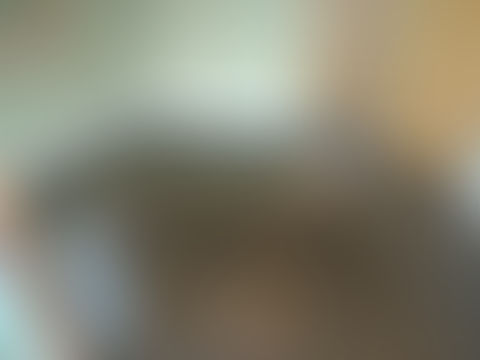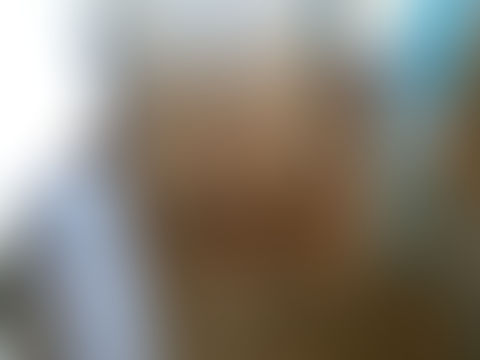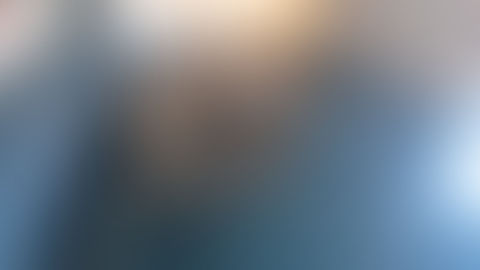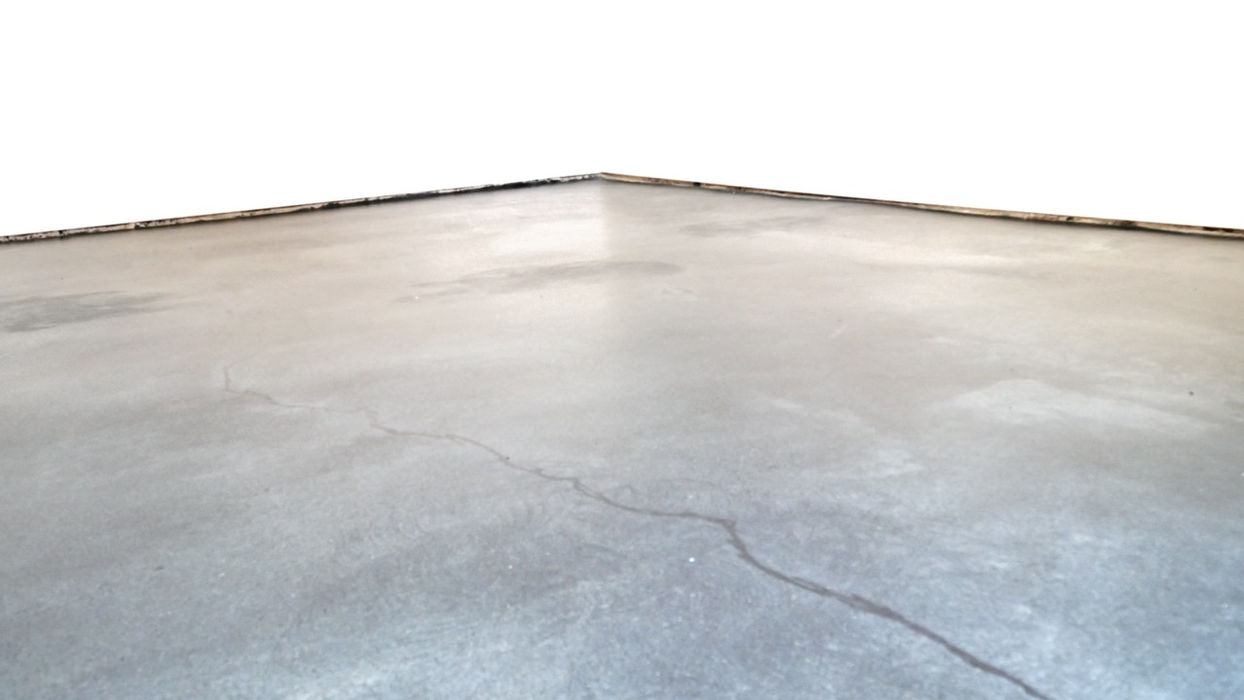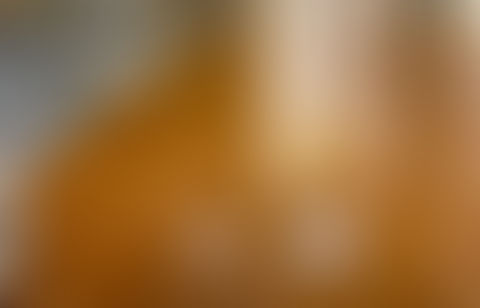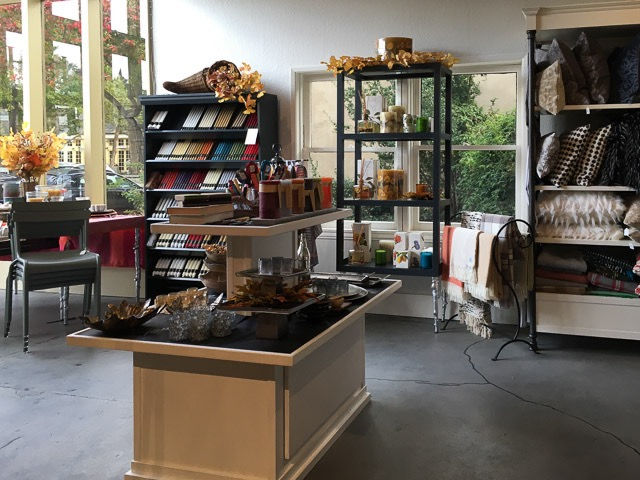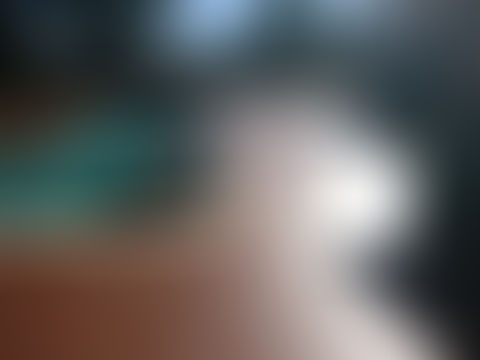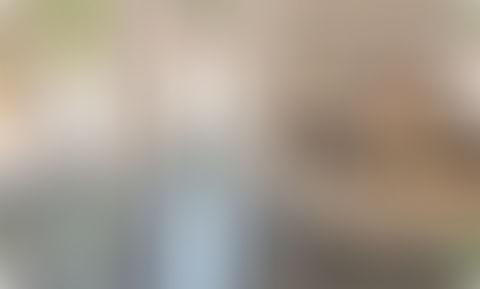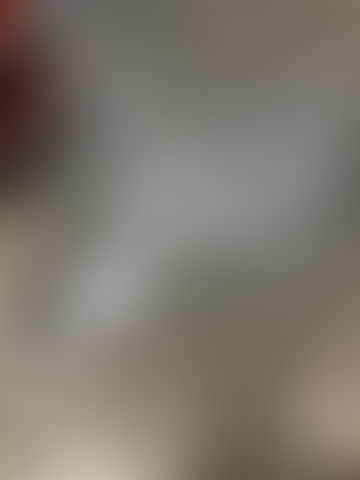
We are the Bay Area's #1 Epoxy Flooring, Concrete Polishing, Sealed
Concrete Flooring, and Concrete Staining services providers.
Started in 2014, we've delivered on time and within budget 98.7% of the time.
We care about our clients and value their time and budgets. We are your
one-stop shop and on-site experts in the field of concrete floor finishing
and coatings services.


Founder - Anthony Z.
About Us
We provide professional
concrete floor sealing services.
%20Large.jpeg)
FAQ: What is Stained Concrete Flooring?
Stained concrete is a way of coloring concrete to achieve a certain design or look. Using pigments in water, acidic-washes, acetone, as well as integrated into a cement or concrete mix. All stained concrete floors should be sealed, but not all sealed concrete flooring has a stain. This is why stained concrete flooring is an add-on option for other types of sealing; such as epoxy, concrete polishing, or penetrating sealants.
Types of Concrete Staining Flooring
There are essentially 3 types of Stained Concrete Flooring produced. Water-Based Stain, Integral-Overlay Coloring, and Mixes such as Acid-Etch, Acetone, or Densifiers; each with their own use-case. While water-based staining is the most common and regularly use modern day stain, you can find a use for each type.
Water-Based Stain
Great addition to many finishes, water-based stain is now the current industry standard. With pigment sizes becoming so fine, current stains are easier to handle, more eco-friendly, and maintain themself over time just as good as any etch-based stain.
Easiest Addition to Finishing Projects.
Easy Maintenance
Eco-Option/LEED Certified
Color Can Wear in High-Traffic Areas
Highly Abrasion Resistant
Integral-Overlay
When you need uniform coloring, an overlay (as little as 3/8" depth overall) of a cementicious material make for beautifully colored finished spaces. With pigment mixed directly into the overlay product itself, the color doesn't wear and is uniform in look.
If not already doing overlay, can increase project cost considerably.
Easy Maintenance
Eco-Option/LEED Certified
Color will not wear over time or use. **unless damaged
Highly Abrasion Resistant
Acid-Etch / Acetone Based Stain
No longer the industry standard, but still a process used in some spaces. Often only necessary for timeline use cases and where certain colors are necessary for interaction with slab.
Necessary in Some Projects and Spaces.
Easy Maintenance
Eco-Option/LEED Certified
Highly Abrasion Resistant
We provide
professional
concrete flooring
services.
About Us
We are the #1 Bay Area Epoxy Flooring, Concrete Polishing, Concrete Sealing, and Concrete Staining services providers. Started in 2014, we've delivered on time and within budget 98.7% of the time. We care about our clients and value their time and budget. We are your one-stop shop and on-site experts in the field of concrete floor finishing.




